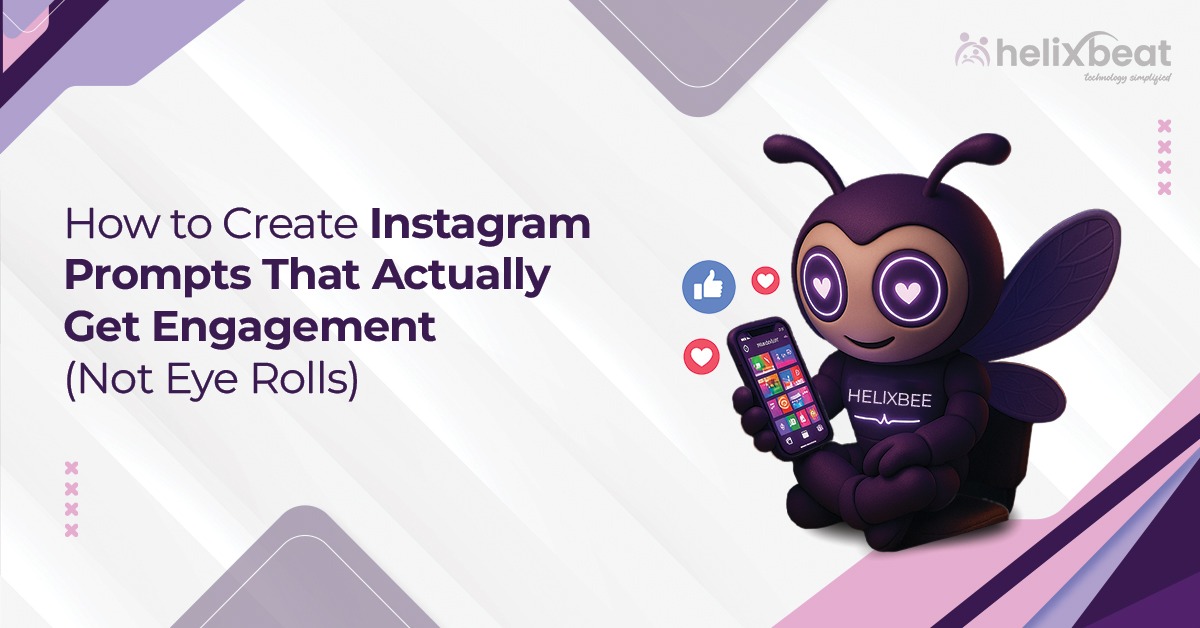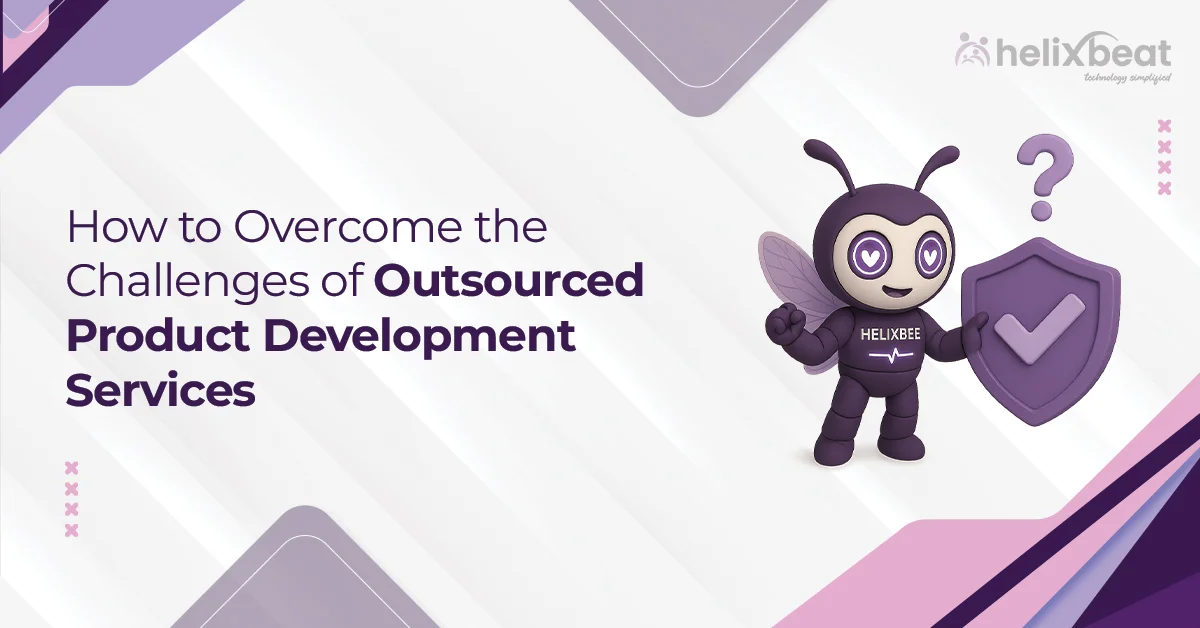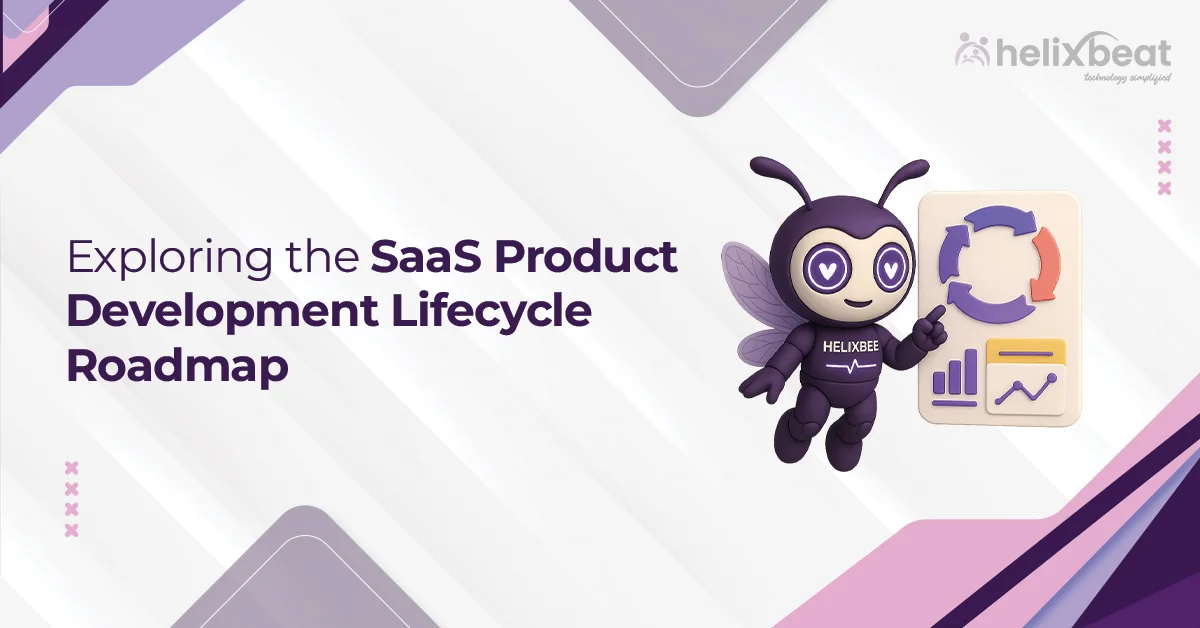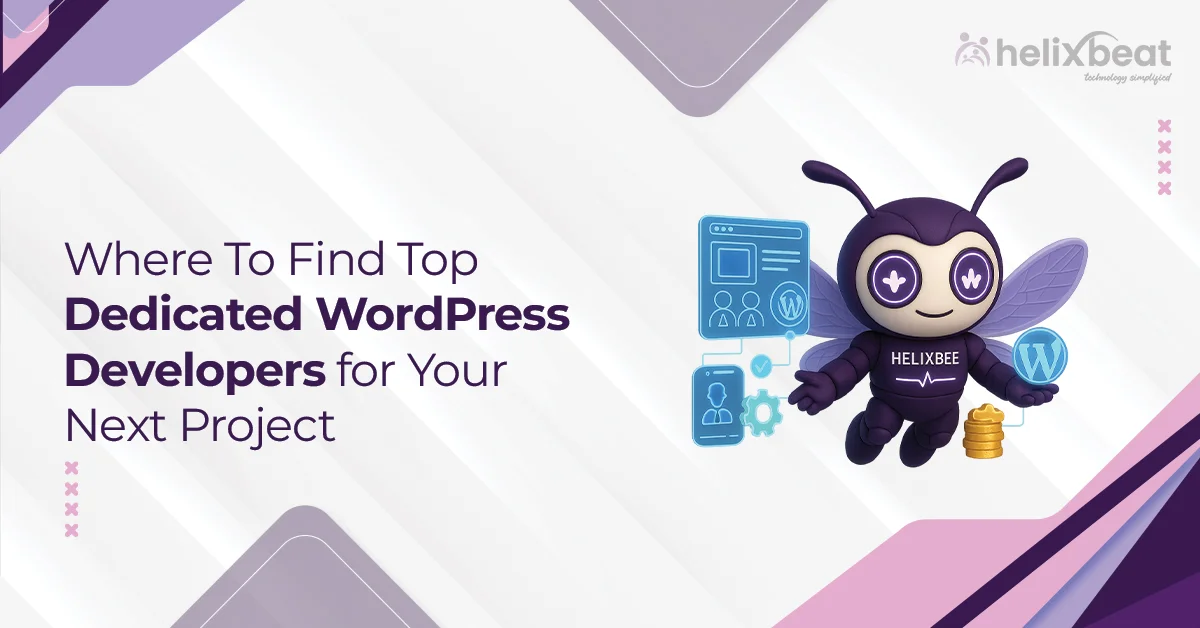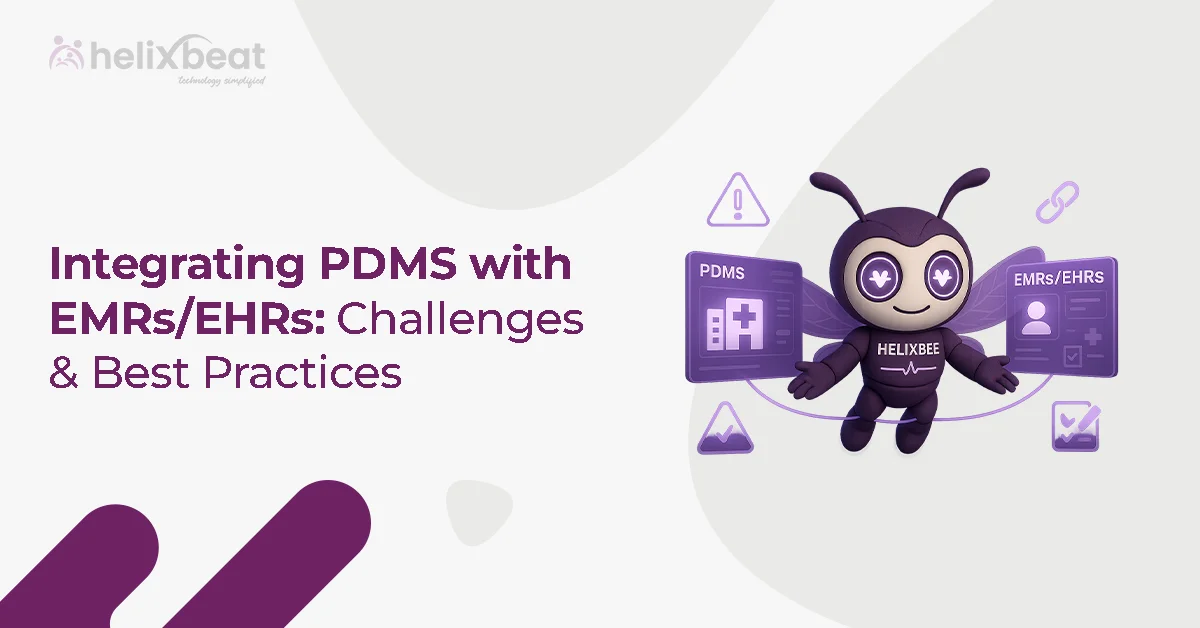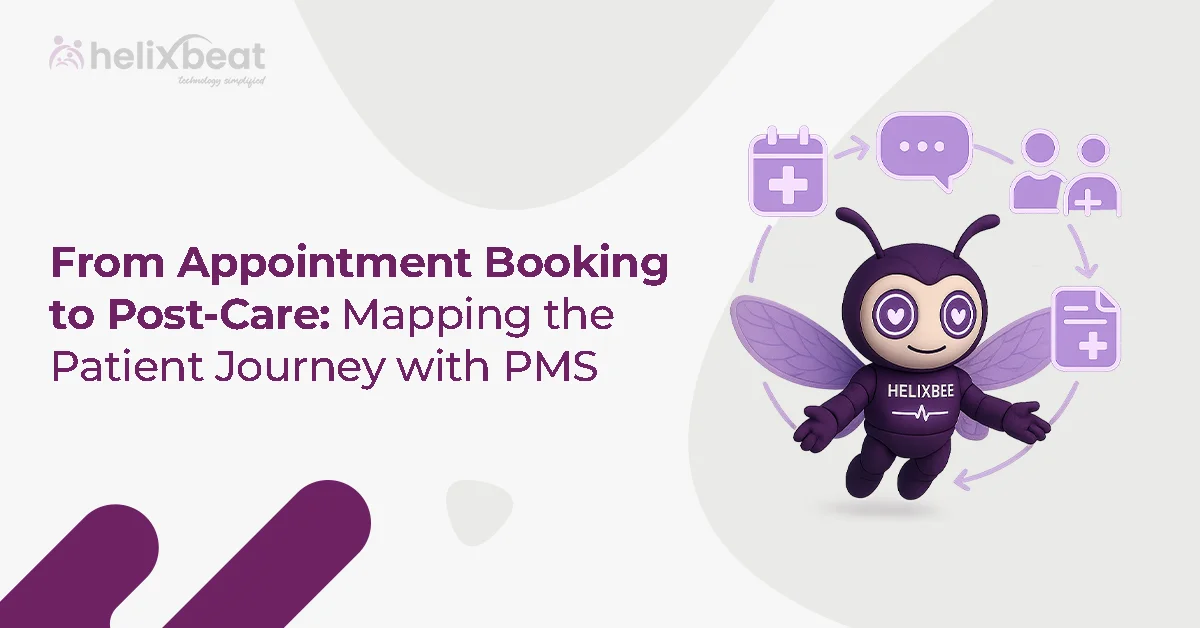We have a golden rule around here: If someone gives your post even 30 seconds—make sure it’s worth their time.
In the ever-crowded world of Instagram, everyone’s posting. Brands, creators, their interns, their interns’ pets. And most of it? Meh.
What separates a scroll-stopper from a scroll-past is not just aesthetics or hashtags—it’s the prompt that kicks it off.
And internally, we keep coming back to this:
“What will make someone stop and look at this?”
“Will they leave smarter or just mildly entertained?”
Because if your post doesn’t educate, provoke, or surprise in some way, it’s just another 30 seconds your audience won’t get back—and they’ll remember that next time you show up on their feed.
So how do you write Instagram prompts that are quirky and genuinely useful?
Let’s break down our tried-and-tested 5-step prompt creation process, followed by 5 ready-to-use prompts (yes, you can copy-paste them) with deep audience-context built in.
Table of Contents
Step 1: Start with “What Nobody Talks About”
Don’t lead with what’s already been said a thousand times. Instead, start with:
- Something unspoken
- Something counterintuitive
- Something just oddly specific
Example:
❌ “Instagram Reels are important.”
✅ “Posting 5 Reels a week might be hurting your reach—here’s why.”
The Point: Curiosity leads. Not clichés.
Step 2: Know Who You’re Talking To
Crafting a great prompt starts with understanding the industry, audience type, and knowledge level.
Ask yourself:
- Are they beginners or experts?
- Are they creators or brand managers?
- Are they emotionally invested or just casually browsing?
A prompt for a founder in skincare DTC will differ massively from one for a real estate agent using Insta to build trust.
Step 3: Find the Format That Fits
Prompts aren’t one-size-fits-all.
Ask: Is this going to be a reel, carousel, or caption-only post?
- Reel prompt = needs drama, punch, or irony
- Carousel prompt = needs clarity, sequential curiosity
- Caption prompt = needs sharp copy + value within the first line
Match the energy to the format.
Step 4: Inject One “Why TF Didn’t I Know This?” Element
The best prompts offer one piece of lesser-known info that triggers either:
- A “Whoa I didn’t know that!” or
- A “Why didn’t anyone tell me this earlier?!”
Examples:
- “Most skincare founders never mention this clause in manufacturer contracts.”
- “Real estate agents: there’s one Instagram feature that makes listings 23% more discoverable (but nobody’s using it).”
This is what makes your content valuable—not just valid.
Step 5: Always Lead Them Somewhere
Every prompt should have direction—what do you want your audience to do after reading it?
- Save it?
- Apply it?
- Comment with their POV?
- Laugh and share it with someone equally clueless?
Tip: Always close the loop. A prompt without a goal is like a joke with no punchline.
Bonus: 5 Copy-Paste-Ready Instagram Prompts (With Full Context!)
Prompt Structure 1: “The Obvious Mistake You’re Still Making”
Use when: You want to challenge a common habit in your audience’s field. This structure works well for intermediate audiences who think they’re doing it right.
Format:
“You’re doing X—but here’s why it’s holding you back.”
Or
“If you’re still doing X, you’re leaking results—and here’s how to fix it.”
Why it works:
It triggers curiosity + ego defensiveness + the desire to improve.
Copy-paste template:
“Still doing [common action]?
Here’s how it’s quietly killing your [desired outcome]. Let’s fix it in 3 steps. 👇”
Prompt Structure 2: “Nobody Tells You This About…”
Use when: You want to share lesser-known insights or insider knowledge. Best for experts teaching beginners or exposing system-level issues.
Format:
“Nobody tells you this about [topic/industry/tool]…”
“The dark side of [popular practice] that no one talks about.”
Why it works:
It builds trust and offers value without sounding preachy.
Copy-paste template:
“Nobody tells you this about [everyday action/tool]:
But this one thing changes everything if you’re trying to [outcome].”
Prompt Structure 3: “If You’re [Persona], Read This Before You [Action]”
Use when: You want to speak directly to your audience and guide them before a big decision or action. Works great for buyer journeys or professional advice.
Format:
“If you’re a [persona], read this before you [action].”
“Planning to [goal]? Avoid this trap first.”
Why it works:
Direct callouts = instant relevance. The specificity pulls in the exact people you want to attract.
Copy-paste template:
“If you’re a [job title, creator, founder, niche],
read this before you [launch/start/spend/post]…
It could save you [pain/result/insight].”
Prompt Structure 4: “One Tiny Shift That Changes Everything”
Use when: You want to simplify something big. Ideal for overwhelmed audiences who need to see how one tweak creates big change.
Format:
“One tweak we made that boosted our [result] by [impact].”
“This one shift made our content go from meh to bookmarked.”
Why it works:
It frames growth as accessible and replicable.
Copy-paste template:
“One tiny shift that made a big difference:
We changed [old method] to [new method]—and saw [result].
Try this today.”
Prompt Structure 5: “You Thought It Was About X, But It Was Always Y”
Use when: You want to reframe a belief, assumption, or goal. Ideal for expert-to-peer teaching, brand storytelling, or philosophical content.
Format:
“You thought it was about [surface-level topic]—but it was always about [deeper truth].”
“Everyone focuses on [shiny object], but the real win is [boring truth].”
Why it works:
It’s reflective, clever, and prompts people to re-examine their priorities.
Copy-paste template:
“You thought it was about [success metric].
But it was always about [core value or misunderstood truth].
Let’s unpack that.”
Bonus Tips for Crafting Prompts That Stick
- Avoid “Hope this helps” — It’s weak sauce.
- Use first-person when needed — “Here’s what I learned” is more relatable than “One must consider…”
- Don’t sell in the prompt — Educate first. Let the CTA live at the end of your post.
- If you bore yourself while writing it, your audience will be in REM sleep
- Your first line = 80% of the battle — Make it tweet-worthy.
TL;DR Toolset
If you’re struggling to write a content prompt, ask yourself:
- What’s a common mistake I see my audience make?
- What do I wish I’d known earlier?
- What question do I get asked most?
- What’s a belief I’d love to challenge?
- What’s a small trick or process that changed the game for me?
Plug those answers into any of the 5 structures above—and boom, you’re no longer making content for content’s sake. You’re creating real, relevant prompts that spark thought, save time, and build loyalty.



